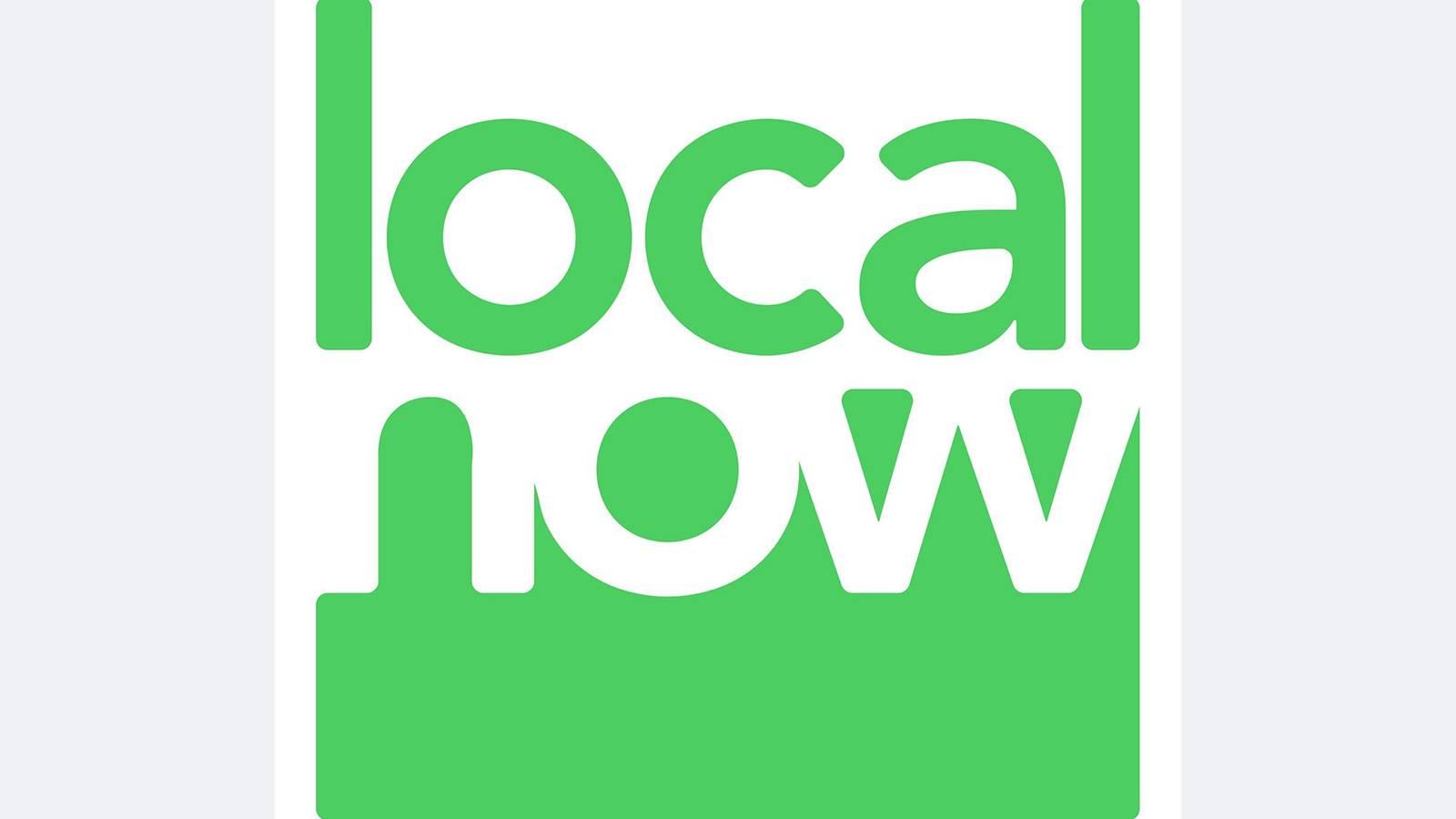NASA Seeks Users for Antenna Test Range
Looking for a far field antenna test range?
Then you should talk to NASA.
NASA is exploring potential new users for some of its Kennedy Space Center facilities. The detailed list of facilities includes this description of the far-field antenna range.
It states that the "The Far Field Antenna Testing Range," which is located in the northeast area of the space center, is certified to test antennas designed for operating frequencies between 100 MHz to 18 GHz. The range is designed to such types as parabolic, dipole, strip-line, quad-ridged horn, and others. The range offers variable distance/height testing, and work with antennas weighing as much as 450 pounds.
NASA notes the range was first used during the Gemini and Apollo programs, but after those programs ended, the facility went unused until 1992. It was then retested and reopened the following year. It has been used to test space shuttle antennas and non-shuttle antennas such as the dipole telemetry and GPS positioning antennas for the B1-B strategic bomber.
NASA says that as of 2011, "all positioning and test equipment is fully functional and calibrated."
Before you rush to book the facility to test your new TV antenna, note that NASA said it will not, at this time, consider responses that "Fail to show any relevance to NASA's mission or purpose and U.S. Government interests, or fail to demonstrate a need for use of the requested KSC asset that cannot be met more appropriately at other locations outside the restricted area or off Center."
Get the TV Tech Newsletter
The professional video industry's #1 source for news, trends and product and tech information. Sign up below.

Doug Lung is one of America's foremost authorities on broadcast RF technology. As vice president of Broadcast Technology for NBCUniversal Local, H. Douglas Lung leads NBC and Telemundo-owned stations’ RF and transmission affairs, including microwave, radars, satellite uplinks, and FCC technical filings. Beginning his career in 1976 at KSCI in Los Angeles, Lung has nearly 50 years of experience in broadcast television engineering. Beginning in 1985, he led the engineering department for what was to become the Telemundo network and station group, assisting in the design, construction and installation of the company’s broadcast and cable facilities. Other projects include work on the launch of Hawaii’s first UHF TV station, the rollout and testing of the ATSC mobile-handheld standard, and software development related to the incentive auction TV spectrum repack. A longtime columnist for TV Technology, Doug is also a regular contributor to IEEE Broadcast Technology. He is the recipient of the 2023 NAB Television Engineering Award. He also received a Tech Leadership Award from TV Tech publisher Future plc in 2021 and is a member of the IEEE Broadcast Technology Society and the Society of Broadcast Engineers.
